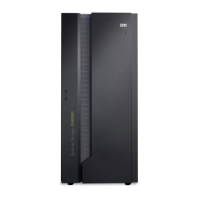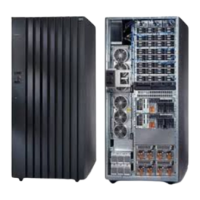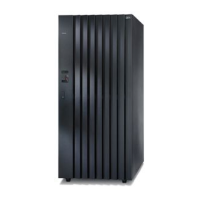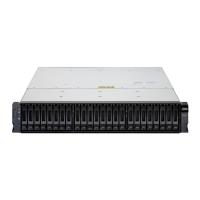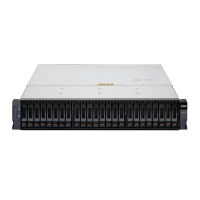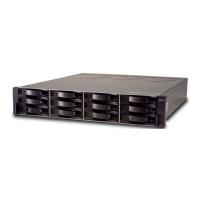Note: If you plan on accessing the DS CLI or DS8000 Storage Management GUI and have a rewall
between the management console and your network, open the following TCP/IP ports before installation:
1750, 1751, 1755 for CLI, and 8452 for the DS8000 Storage Management GUI.
Remote support connection requirements
IBM highly recommends remote-support connections so that the storage system can report failures and
transmit pertinent debugging data to product support teams.
When call home is used, your technical support representative can quickly isolate and resolve potential
issues with the storage system. The strategic and preferred remote support connectivity method for call
home is internet SSL (Secure Socket Layer) for management console communication.
For remote access to the management console and the storage system, the preferred remote support
connectivity method is Assist On-site (AOS). AOS provides a network-type connection that is secured by
SSL and state-of-the-art encryption technology. If your security guidelines allow, AOS can be turned on
and congured on the management console, which is the preferred implementation. Alternatively, AOS is
installed on a PC that you provide and maintain. Contact your technical support representative for more
details.
In addition to AOS, IBM also offers remote support center (RSC). It is a simple SSH proxy based remote
service solution that can be used if AOS does not meet your security guidelines. Contact your technical
service representative for more information on RSC.
Remote support must be ready at the time of the initial installation of the DS8000. For internet-based
remote support, you must open your rewalls.
Remote power control requirements
Use the remote power control settings to control the power of your storage complex. Settings can be
controlled through the DS8000 Storage Management GUI running on the management console.
There are several settings for remote power control.
Host attachment communication requirements
Use host attachment communication requirements information to connect the host attachments in your
network.
• You must use worldwide port names to uniquely identify Fibre Channel adapters that are installed in
your host system.
• For open-system hosts with Fibre Channel adapters, keep in mind that Fibre Channel architecture
provides various communication protocols. Each interconnected storage system within the architecture
is referred to as a node, and each host is also a node. Each node corresponds to one or more ports. (In
the case of Fibre Channel I/O adapters, these ports are Fibre Channel ports.) Each port attaches to a
serial-transmission medium that provides duplex communication with the node at the other end of the
medium. You can congure your network structure that is based on one of three basic interconnection
topologies (network structures):
– Point-to-point and switched fabric
– Fibre Channel (FICON). This connection does not apply to open systems.
See the IBM DS8000 Host Systems Attachment Guide for more information about these supported
topologies.
• The maximum distance between a shortwave host adapter Fibre Channel port and the following
network components is 380 meters (1,246 ft 9 in.) at 4 Gbps, 150 meters (492 ft 2 in.) at 8 Gbps, and
100 meters (328 ft 1 in.) at 16 Gbps. For a longwave host adapter Fibre Channel port, the maximum
distance is 10 km (6.2 miles).
– Fabric switches
– Fabric hubs
– Link extenders
– Storage system Fibre Channel port
Chapter 6. Delivery and installation requirements
105
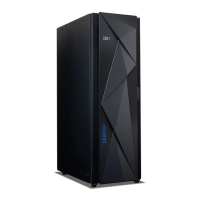
